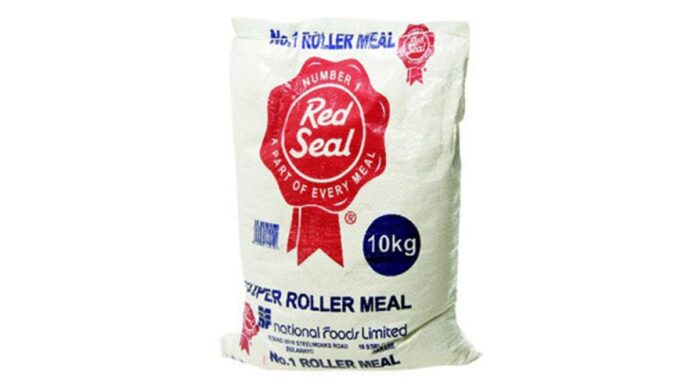HARARE (FinX) – Innscor Africa saw solid volume growth in most of its product categories in the first quarter to September 30, after the trading environment improved due to a relatively stable local currency, a significant decline in local inflation and the easing of covid-19 restrictions.
The stability brought about by the foreign currency auction system and SI 185 of 2020, which allowed for dual pricing, had allowed for the implementation of pricing strategies, enhanced planning capability, improved capital allocation and value preservation for the business units.
In its trading update for the first quarter, Innscor said the stable trading environment had given rise to the anticipated correction in gross trading margins across group businesses. According to the group, this coupled with a fully indexed cost base and high local interest rates means that business model optimisation and financing decisions remain critical focus areas for the business.
The group said while the policy measures from government were encouraging, the local effects of 2019/20 drought season and COVID-19 pandemic are yet to entirely dissipate. As such considerable focus is being applied to ensure appropriate levels of paid-up inventory are on hand, while ensuring adequate levels of local liquidity are procured and deployed to finance the working capital requirements.
At National Foods, volumes were up 15% with significant growth being recorded in the flour, stockfeeds and grocery and snacks divisions. Flour volumes rose 43% against the comparable year ago period driven by an improved what supply, firmer demand from the pre-pack category and the general adoption of open market policies.
Stockfeeds volumes were up 26% as market demand recovered allowing for enhanced pricing strategies. Grocery division grew 76% and snack rose 21%.
Maize volumes were however subdued, declining 35% against last year. Innscor attributed this to the gradual removal of subsidies was a key volume determinant, coupled with a larger than expected regional maize crop and competitively priced imported maize meal affecting the local informal market dynamics.
Volumes at the bakery division were marginally ahead of last year but grew 36% above the previous June quarter. The performance was due to price stability across the value chain and less pricing controls. However, the group said pricing of the recently harvested local wheat crop will be a major determinant in pricing dynamics, as well as demand, in the period ahead
Colcom volumes recovered 47% from 4Q20, which had been affected by lockdown restrictions. The number of slaughtered pigs were down 12% but the volumes of meat delivered for processing were compensated through the delivery of heavier pigs, as the operation adjusted to significant changes in market demand during the lockdown phase. Processed meat volumes were up 57% from the fourth quarter of 2020.
All three product categories at Irvine’s Zimbabwe performed strongly from the previous June quarter. Table eggs, day-old chicks and frozen poultry were up 10%, 29% and 77% respectively over this period. Against the year ago comparative, volumes in table eggs showed a 17% increase, day-old chicks were up 21% while frozen poultry volumes were flat.
Volumes at Associated Meat Packers were flat against last year but were up 23% against the final quarter of F2020. A new Masvingo Texas Meat Market branch is scheduled to be open in the second week of November 2020.
Natpak volumes were up 24% on last year and 22% ahead on 4Q20. The flexibles division volumes were up 25% against the previous quarter and 43% up on the comparative year ago period. Rigids grew 78% on last year and 19% on the June quarter as it operated on almost full capacity. The unit had made an additional capacity investment although commissioning of the new plant will be slightly delayed into the early part of 2021 because of a supplier back-log resulting from COVID restrictions. The Corrugated division’s capacity utilisation improved from firm market demand with volumes growing 26% on the comparative quarter and 63% on the final quarter of F20. Sacks declined marginal mainly due to the knock-on effect from reduced maize meal output in the trade. The trend is expected to reverse in the coming period.
At Prodairy volumes were up 60% from the previous June quarter and 24% up from last year. Volumes were driven by a continued increase in local raw milk supply and the addition of new and adjacent product lines. Focus going forward will be on ensuring a sustainable and increasing supply of raw milk via both own production and smart, value-adding partnerships with producers. Product development will continue in both the “Life” and “Revive” ranges.
Probottlers volumes grew 35% against last year and 37% from the June quarter following recent capacity expansion which enabled the addition of new packaging formats.
At associate companies, Profeeds and Probrands volumes were somewhat mixed. Profeeds volumes were up 46% against the final quarter and 10% on last year. Probrands volumes rose 18% on last year, driven largely by improved rice volumes, specialised products and continued growth of the condiments range. Volumes were however lower compared to the final quarter of F20, driven by reduced demand in the food hamper category.



















